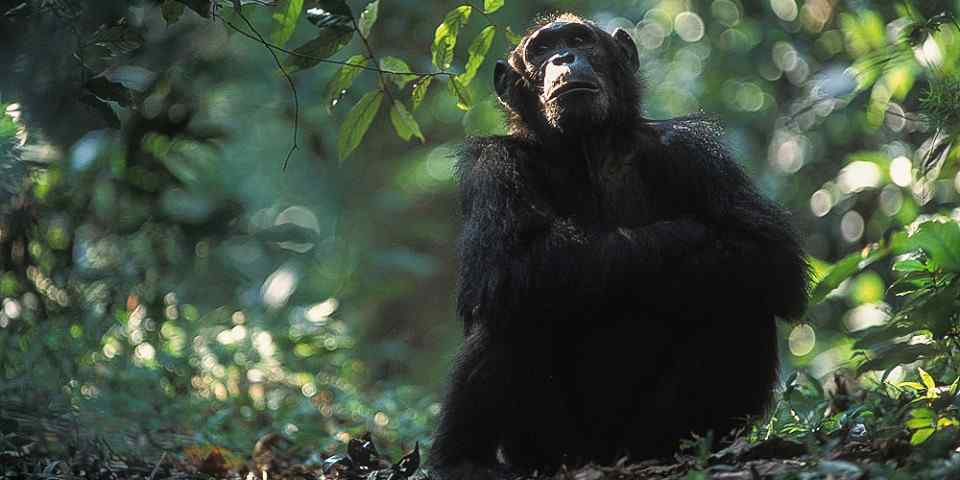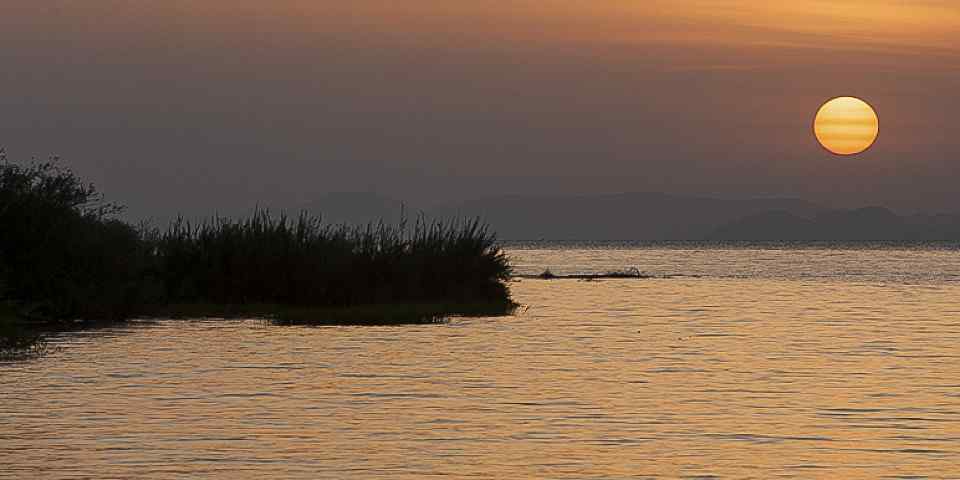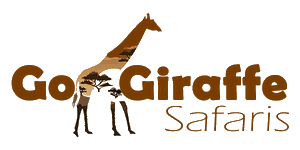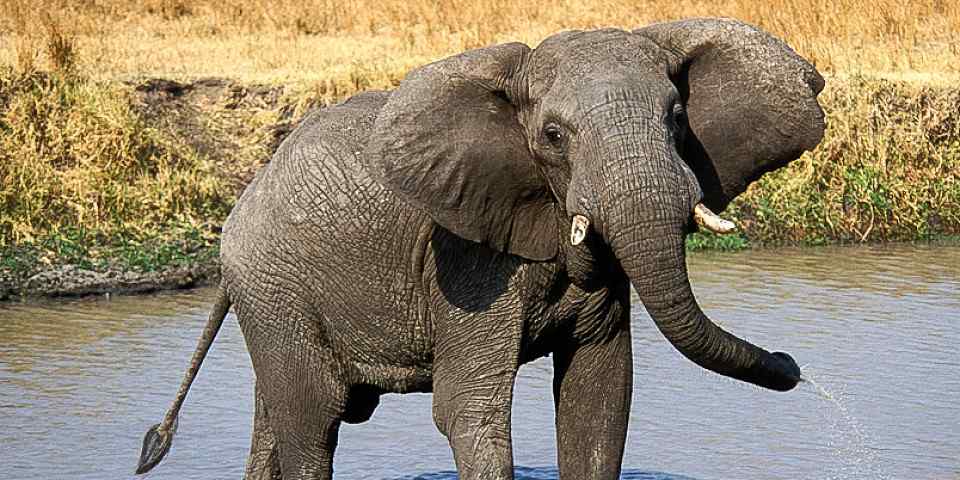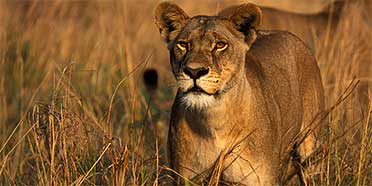
Safari Tours to Katavi NP
-
![9-Day Luxury Western Tanzania Chimp Trekking and Safari]()
9-Day Luxury Western Tanzania Chimp Trekking and Safari
$12,399 to $15,850 pp (USD)
Tanzania: Private tourLuxuryLodge & Tented Camp
You Visit: Arusha (Start), Katavi NP, Mahale Mountains NP, Arusha (End)

Wayfairer Travel
4.8/5 – 185 Reviews
-
![10-Day Chimpanzees at Gombe- Mahale Mountain Katavi Park]()
10-Day Chimpanzees at Gombe- Mahale Mountain Katavi Park
$4,395 pp (USD)
Tanzania: Private tourBudgetGuest House & Hotel
You Visit: Dar es Salaam (Start), Gombe NP, Mahale Mountains NP, Katavi NP, Mbeya (City), Dar es Salaam Airport (End)

Go Giraffe Safaris
5.0/5 – 24 Reviews
-
![15-Day Safari to Katavi and Kipili with Ruaha and Selous]()
15-Day Safari to Katavi and Kipili with Ruaha and Selous
$8,588 pp (USD)
Tanzania: Private tour
Mid-range Lodge & Tented CampYou Visit: Dar Es Salaam (Start), Nyerere NP, Mikumi NP, Ruaha NP, Mbeya (City), Lake Tanganyika, Katavi NP, Dar Es Salaam (End)

Impelisa Travel and Tours
5.0/5 – 5 Reviews

 Tanzania Parks
Tanzania Parks








